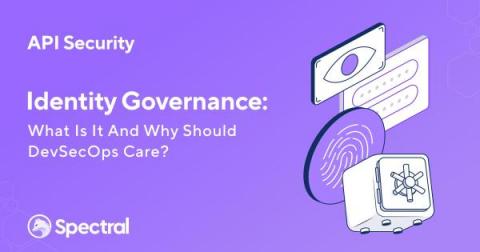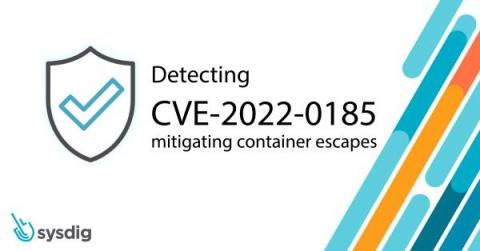Identity Governance: What Is It And Why Should DevSecOps Care?
Did you know that the household data of 123 million Americans were recently stolen from Alteryx’s Amazon cloud servers in a single cyberattack? But the blame for this cannot fairly be laid at the feet of Jeff Bezos. No – the origin of this theft, and many other cybersecurity crimes began long before this data was uploaded to any cloud server. In another high-level cyberattack, financial data on 47,000 Americans was exposed on an S3 bucket from the US National Credit Federation in 2017.










